An Immersive Guide to Bordeaux
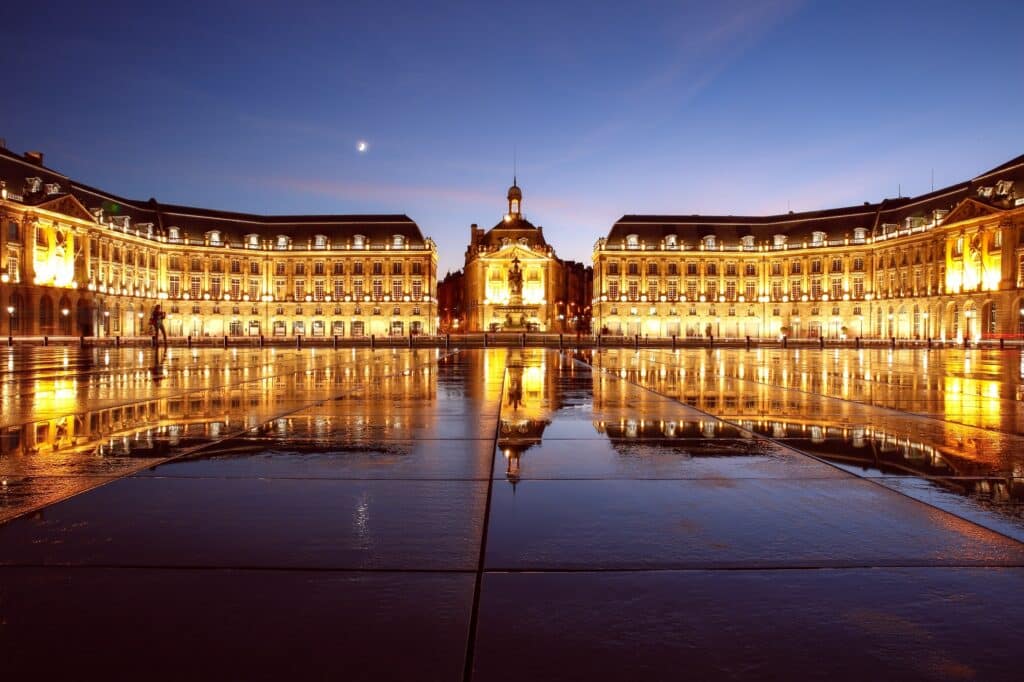
An Immersive Guide to Bordeaux Enlighten Excursions’ New Small Group Slow Travel Experiences Imagine strolling through a city where the scent of aged wine mingles with the salty breeze from the Garonne River… This is Bordeaux. Bordeaux is synonymous with exceptional wine, but there’s far more to this French gem than its world-renowned vineyards. Nestled in the Nouvelle-Aquitaine region, Bordeaux is a city that harmoniously combines its rich history with a vibrant contemporary art scene, stunning architecture, a totally cool welcoming culture, and exquisite gastronomy. We decided to write an Immersive Guide to Bordeaux to show that Bordeaux should be more than just a 1 or 2 day stop on a tour of France. This city offers something unique for every traveler and deserves a nice slow stay. So whether you’re a history buff, a wine connoisseur, a culture vulture, a foodie, or an art and architecture enthusiast, Bordeaux is waiting for you. Tokyo Japan, November 2024 – Japanese Tea Ceremony In recent years, the city of Bordeaux has undergone a remarkable transformation, making it one of the most dynamic and attractive destinations in France. As a native Washingtonian, I harbor mixed feelings about gentrification in general. But as a travel advisor it’s hard to deny that, with an increasing number of boutique hotels, trendy restaurants, and cultural festivals, Bordeaux has never been more welcoming to travelers. Its pedestrian-friendly zones and the vast Place des Quinconces—the largest public square in France—make exploring the city a delightful experience. Adding to its allure, Bordeaux was designated a UNESCO World Heritage Site, recognizing its superior mélange of modern structures with its outstanding collection of 18th-century architecture. The city’s modern infrastructure—including the innovative Chaban-Delmas bridge—blends seamlessly with its historic landmarks, creating a unique atmosphere. Bordeaux is easily accessible via Bordeaux-Mérignac Airport (BOD), the region’s major international airport, offering direct flights to numerous European cities anstd select long-haul destinations, making it a convenient gateway for travelers from around the world. And now, thanks to the high-speed TGV train, travelers can now reach Bordeaux from Paris in just two hours, making it an accessible destination for both quick getaways and immersive stays. One could even say the TGV ushered in Bordeaux’s gentrification. Bordeaux’s Local Culture What I have come to look forward to the most when I travel is authentic encounters with locals. The appeal of Bordeaux for me is its reputation for having a cool and laid-back local culture. The people are said to be incredibly friendly with an easygoing, balanced way of life that’s contagious. Apparently, the whole city seems to be a living example of joie de vivre. Here people savor every moment of life. From enjoying long lunches to playing a game of Pétanque at the park after work or school, there’s a real appreciation for quality time. Ahhh…. quality time. Lord knows I need to get me some of that! I can’t wait to pit my meagre Pétanque skills against those of local experts in one of the local Bordeaux parks! English is increasingly spoken in Bordeaux. And, bucking the stereotype that French people are rude, the Bordelais are typically welcoming, kind, and patient, especially with us wannabe French speakers. But proceed with caution my aspiring French speakers, as you’ll need to learn a few local expressions. In Bordeaux, in informal settings they say gavé bien instead of très bien (“very good”). This is slang. In a supermarket, clerks will ask you if you need une poche, or une poche plastique (a plastic bag), but never un sac, as is more common in France. In addition to avoir peur (to being afraid), folks in Bordeaux sometimes avoir les monges. Most importantly for my husband and all those who love pain au chocolat, here it’s called une chocolatine. You will never enjoy this Francophile favorite in Bordeaux if you don’t abide by this name. The daily lives of the Bordelais are filled with, not just work and school, but rugby games, soccer matches, and numerous events, each packed with energy, excitement, and a strong sense of ownership and local pride. All Bordelais will talk passionately about their local food, history and traditions. And of course, Bordeaux’s wine culture is impossible to escape. It’s something that’s woven into everyday life and celebrated at every opportunity, contributing to the city’s unique atmosphere. Le Jour de Foot, Photo by Herve Simone Photo by Gideon, Creative Commons Good to Know Before You Go Knowing a few things before embarking on your exploration of this city will save you from sadness and cursing. First, shops and some restaurants and museums are closed on Sundays. Many shops and museums are also closed either the entire day on Mondays or at least Monday mornings. Additionally, it can be hard to find a place to eat out between 2:00 pm and 6:00 pm since many restaurants close for an extended lunch break. So, never assume anything when it comes to opening hours. Always call or ask someone. Bordeaux for History and Art Lovers Beyond its friendly locals and unique expressions, Bordeaux offers a wealth of cultural treasures for history and art enthusiasts. Bordeaux, a city with a rich and storied past, traces its origins back to ancient times when it was a Gallic settlement before becoming the Roman city of Burdigala in the 1st century BCE. Flourishing as a commercial hub, it later gained prominence under the rule of the Dukes of Aquitaine. In the 12th century, Bordeaux’s fortunes soared when Eleanor of Aquitaine’s marriage to King Henry II of England integrated the city into the English crown, establishing a lucrative wine trade with England that shaped its economy for centuries. Following the end of English rule in the 15th century, Bordeaux continued to thrive, particularly during the 18th century, when it became one of France’s most elegant and prosperous cities, thanks to its role in colonial trade and maritime commerce. Today, Bordeaux is celebrated as a UNESCO World Heritage Site, renowned for its architectural beauty, historic landmarks, and its enduring legacy as one of the world’s premier wine
Introducing Learning Escapes
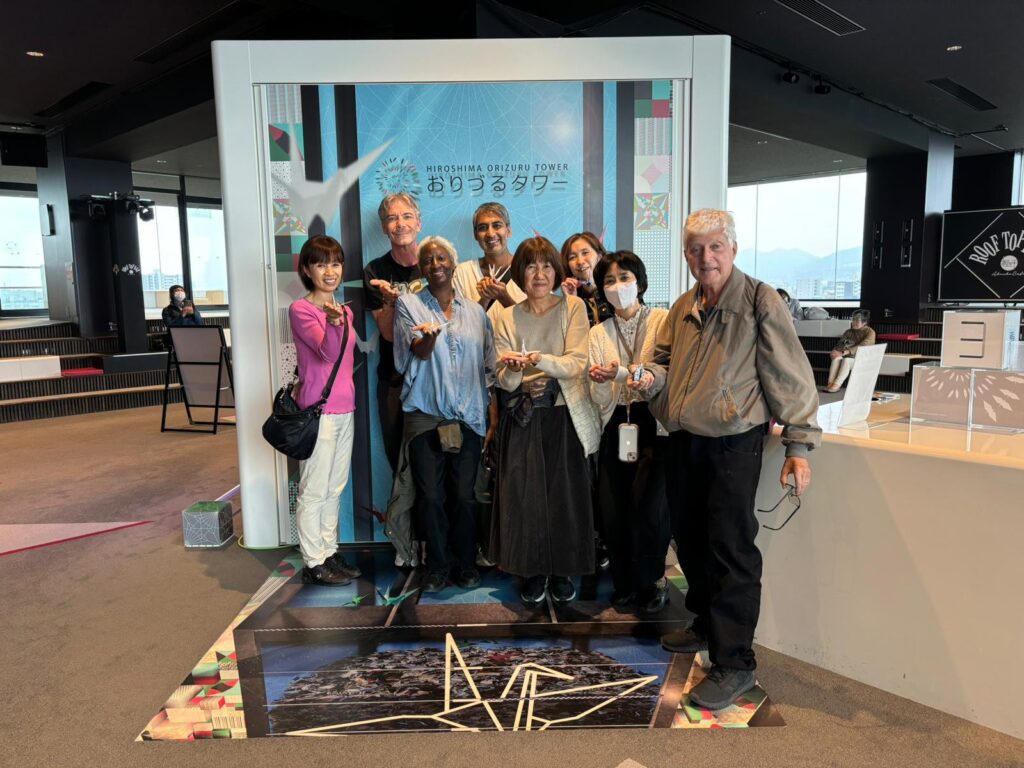
Introducing Learning Escapes Enlighten Excursions’ New Small Group Slow Travel Experiences Tokyo Japan, November 2024 – Japanese Tea Ceremony At Enlighten Excursions, we believe that travel is more than just sightseeing—it’s about deep cultural immersion, meaningful connections, and transformative experiences. That’s why we are thrilled to introduce Learning Escapes, our new series of small-group slow travel adventures. These journeys are designed for intellectually curious travelers who value discovery, cultural authenticity, and the joy of learning while exploring the world at a relaxed and enriching pace. What Are Learning Escapes? Learning Escapes are meticulously curated small-group travel experiences offered at least four times per year, providing an opportunity to deeply engage with a destination’s history, culture, and people. Unlike fast-paced, checklist-driven tours, these journeys focus on immersion and personal connection, allowing you to truly absorb the essence of a place. With a maximum group size of around 12 travelers, these escapes provide the camaraderie of a group while maintaining an intimate and personalized feel. The Benefits of Attending a Learning Escape Deep Cultural Immersion Learning Escapes go beyond surface-level tourism. Through hands-on activities, expert-led discussions, and intimate local encounters, travelers gain a deeper appreciation for the customs, traditions, and histories that shape each destination. Whether it’s a private cooking class in a Tuscan farmhouse, an archaeology-led tour of an ancient ruin, or a conversation with a local artisan in Morocco, each experience is designed to foster meaningful connections. Hassle-Free, Expert-Guided Travel Planning a culturally immersive trip can be overwhelming. Learning Escapes eliminate the stress by providing expertly curated itineraries, comfortable accommodations, and seamless logistics. Our experienced travel guides and local experts ensure that every detail is thoughtfully planned so that you can focus on enjoying the experience. Enriching, Educational Experiences Designed for lifelong learners, Learning Escapes incorporate storytelling, expert insights, and interactive experiences that make history, art, and culture come alive. Whether exploring the origins of classical music in Vienna or uncovering the geological wonders of Iceland, every journey offers the opportunity to expand your knowledge in a dynamic and engaging way. Small Group Camaraderie One of the greatest joys of travel is sharing experiences with like-minded individuals. Our small group format fosters a sense of community, encouraging stimulating conversations and friendships that often last long after the trip ends. Travelers who may not want to journey solo but also prefer a more intimate experience than large tours will find the perfect balance with Learning Escapes. Slow Travel for a More Meaningful Experience Learning Escapes embody the principles of slow travel—an approach that prioritizes quality over quantity. Instead of rushing from one attraction to the next, we encourage travelers to savor each moment, engage with locals, and develop a true appreciation for the places they visit. Hiroshima, Japan November 2025 The Benefits of Slow Travel Deeper Connection with Destinations Slow travel allows for a richer, more meaningful engagement with a place. Rather than skimming the surface, you have the time to immerse yourself in local traditions, cuisine, and daily life. Pictured above residents of Yokahoma, Province Japan kindly gave us a lesson in the art of making origami cranes. Reduced Travel Fatigue Rushing from one city to another can be exhausting. Slow travel promotes a more relaxed pace, allowing you to absorb the atmosphere and fully enjoy each experience without feeling overwhelmed. More Authentic Experiences When you take the time to explore a destination at a slower pace, you’re more likely to discover hidden gems, forge genuine connections, and experience a place as the locals do rather than as a hurried tourist. Sustainability and Responsible Tourism Slow travel encourages more responsible tourism practices by reducing the environmental impact of frequent transportation and supporting local businesses. Staying longer in fewer places allows for more meaningful engagement with local communities. Join Us on a Learning Escape Whether you’re a seasoned traveler or embarking on your first immersive journey, Learning Escapes offer the perfect blend of exploration, intellectual enrichment, and cultural connection. Our upcoming Learning Escapes will take you to some of the world’s most fascinating destinations, where history, art, and tradition come to life. Are you ready to experience travel in a whole new way? Join us on an upcoming Learning Escape and rediscover the joy of meaningful exploration. Upcoming Escapes
Bordeaux Small Group Learning Escape
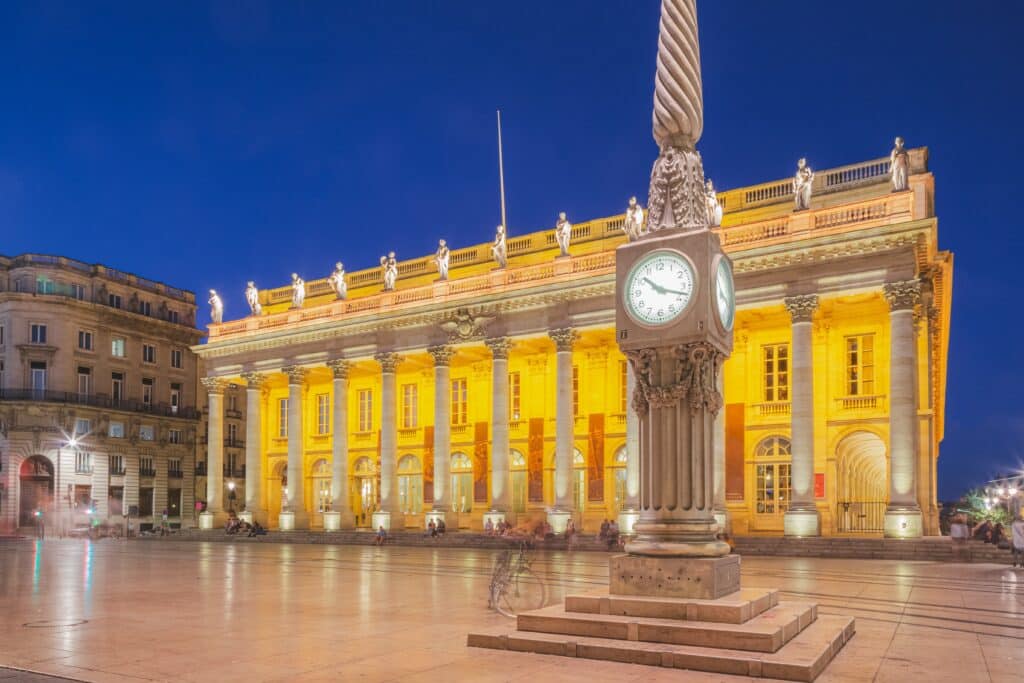
Limited to a maximum of 8 participants, this intimate tour allows us to truly immerse ourselves in French culture. From art & architecture to wine, cuisine & recreation you’ll have a chance to savor your surroundings and learn the art of French living from locals.
So come indulge in French Wine and delicacies with us on this immersive experience in Bordeaux- a region synonymous with fine wine and even finer living.
New Years Eve in Dubai 2025

Celebrate New Years Eve in Dubai 2025. Witness the world’s most iconic countdown to 2026, set against the backdrop of Dubai’s glittering skyline, for an unforgettable start to the new year!
This meticulously curated itinerary is designed for discerning travelers who appreciate luxury, adventure, and rich cultural encounters.
Deluxe Peru Small Group Trip

Peru is home to an extraordinary variety of destinations beyond Machu Picchu. During this tour, you’ll experience indigenous rituals, savor exquisite Peruvian cuisine, and connect with Andean artisans, offering a profound glimpse into the country’s rich cultural heritage.
This tour is perfect for those seeking a distinctive blend of gastronomy, culture, luxury, and moderate activity, with ample leisure time for personal exploration.
When is the Best Time to Visit Japan?

When is the Best Time to Visit Japan? Choosing the best time to visit Japan depends largely on your interests, whether you seek the serene beauty of cherry blossoms or the vibrant hues of autumn leaves. Japan, a country with distinct seasonal changes, offers unique experiences throughout the year. The best time to visit Japan is generally considered to be spring and fall. These seasons provide not only the most comfortable weather but also the most aesthetically pleasing landscapes. And consequently, these seasons usually bring large crowds of tourists. So, when is the best time to visit Japan for you? Let’s go month by month. Visiting Japan in January January in Japan is the heart of winter. Ski enthusiasts will find this month ideal, especially in the northern regions like Hokkaido, where the snow is perfect for winter sports. Cities like Tokyo and Kyoto are colder and often have dry, sunny days, making it a good time to visit Japan if you enjoy quieter travels, as the New Year holiday rush typically ends after the first week. January is also a good a time to visit if you’re on the prowl for the famous Japanese macaques. Also called snow monkeys. many macaques live in the mountain valleys of the Jigokudani Yaen-koen monkey park in Yamanouchi, Nagano prefecture. The JNTO suggests potential itineraries for macaque viewing in an article found here. Visiting Japan in February Continuing the winter season, February offers similar advantages to January. The Sapporo Snow Festival, one of Japan’s largest winter events, is a highlight this month. For those looking to explore cultural events, it’s a fantastic time. Cold yet manageable, urban exploration in less crowded conditions makes February a captivating month for visiting. Visiting Japan in March March marks the beginning of spring and is often considered the best time of year to visit Japan. The latter part of the month sees the emergence of cherry blossoms (sakura) in southern regions, a truly iconic scene. The weather gradually warms, yet the chill in the air remains, making it comfortable for touring the blooming landscapes. Visiting Japan in April April is peak cherry blossom season in most parts of Japan, including Tokyo and Kyoto. This month is exceptionally popular among tourists. The beauty of sakura frames every temple, river, and park, creating picturesque settings ideal for photography and picnics under the blossoms, known as “hanami.” Visiting Japan in May In May, the weather is warm and pleasant, with little rainfall, making it a good time to visit Japan. The lush greenery following the sakura season offers a different kind of beauty. Golden Week, a series of national holidays, occurs at the beginning of May, making some places busier than usual. Visiting Japan in June June brings the rainy season to most of Japan, except Hokkaido. While it may seem less ideal, the hydrangeas bloom beautifully in the rain, offering enchanting views. Gardens are lush and temples have a mystical feel in the mist, providing a unique experience despite the frequent showers. Visiting Japan in July July marks the end of the rainy season and the start of summer. Festivals like Tanabata and fireworks displays are prevalent throughout the country. The warm weather is suitable for exploring rural and mountainous areas, although it can get quite hot and humid in the cities. Visiting Japan in August August is the hottest month in Japan and is packed with festivals, including the famous Awa Odori in Tokushima. The vibrant celebrations and the energetic atmosphere make it a unique time to experience Japanese culture, though it is advisable to stay hydrated and prepared for the heat. Visiting Japan in September September often experiences the tail end of summer heat along with the onset of typhoon season. However, late September sees the start of autumn when the weather begins to cool, making it a more comfortable time to visit, especially towards the end of the month. Visiting Japan in October October is arguably the best time of year to visit Japan. The temperatures are cool and comfortable, and the autumn colors start to appear, creating stunning landscapes. This month offers an excellent climate for hiking and outdoor activities, as well as enjoying the fall festivals that celebrate the harvest season. Visiting Japan in November November is a spectacular month to visit Japan, as the autumn colors reach their peak. The weather remains cool and typically dry, providing perfect conditions for sightseeing and exploring the vibrant reds and golds that adorn the scenery. Visiting Japan in December December in Japan is crisp and cold, with the first snowfalls occurring in the northern and mountainous regions. And the first two weeks are less crowded, making it a favorable time for those who don’t mind the cooler temperatures. However, many ryokan properties lack significant heating, which can make stays quite chilly. Despite this, experiencing outdoor onsens during the winter can be exceptionally magical, especially in northern Japan, where you can soak in natural thermal hot springs surrounded by snow. As the month progresses, the country becomes busier with the onset of school holidays, and some attractions may close as preparations for the New Year begin. Cities like Tokyo experience chilly but typically clear days, ideal for enjoying winter illuminations and preparing for New Year celebrations. When deciding when to go to Japan, it’s best to consider several factors. Think about the specific activities you’d like to do. Consider the weather and the experiences you’d like to have. For example, do you want to avoid popular and crowded festival periods? Or, would you like to experience holidays and festivals like the locals do? While Japan offers distinct experiences throughout the year, spring and fall are widely considered the best times to visit. Whether it’s the cherry blossoms in spring or the vivid foliage in fall, these seasons offer the most striking natural beauty and the most comfortable weather for tourists. But we hope this month by month guide lends some assistance as you determine for yourself when is the
Japan Small Group Fall Tour

Enjoy the spectacular autumn foliage and immerse yourself in the fascinating culture of Japan.
What to Wear for your Trip to Dubai
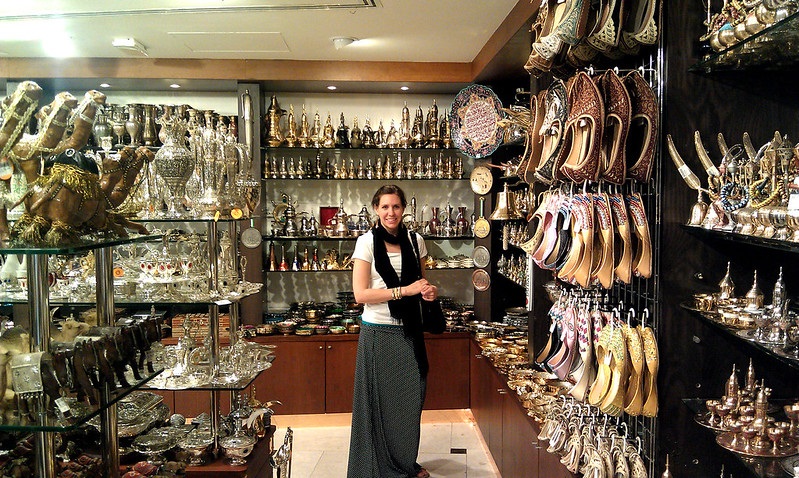
Wondering what to wear for your trip to Dubai?
Many of my clients already know what I’m about to say…. It depends.
It depends on when you’re going and what you’re going to be doing when you get there.
5 Reasons You Should Visit Los Cabos Mexico
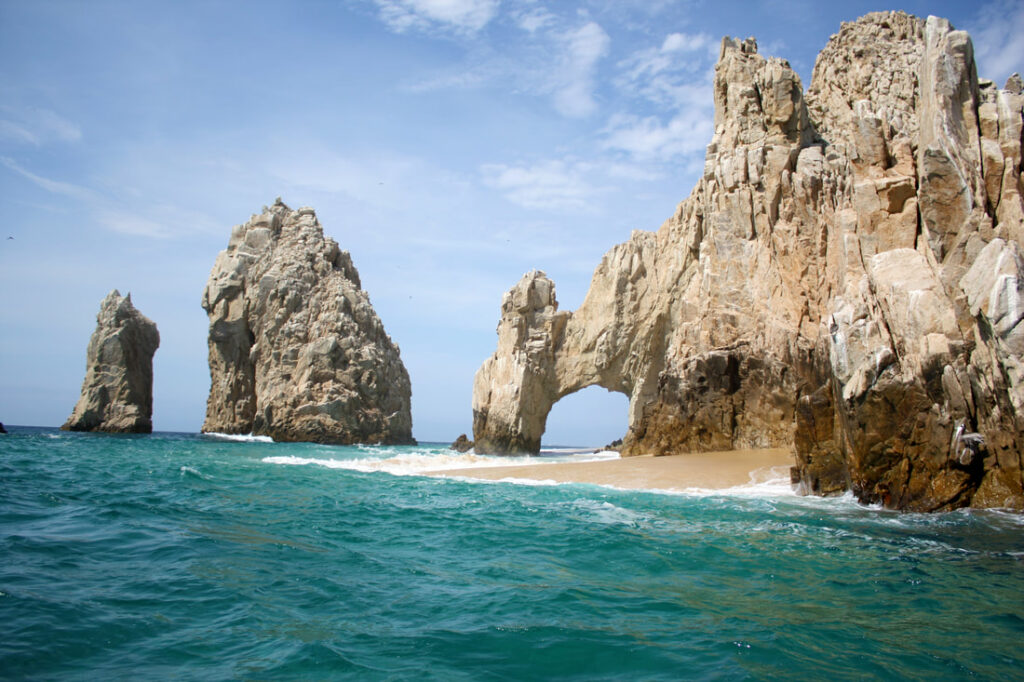
Los Cabos, located at the southern tip of the Baja California Peninsula, is a dream vacation destination with something for everyone. There are at least a dozen reasons why you should visit Los Cabos. But, for the sake of brevity, we’ve compiled a list of the top five reasons to visit Los Cabos for your next vacation.
Alaska’s Wanderlist Experiences
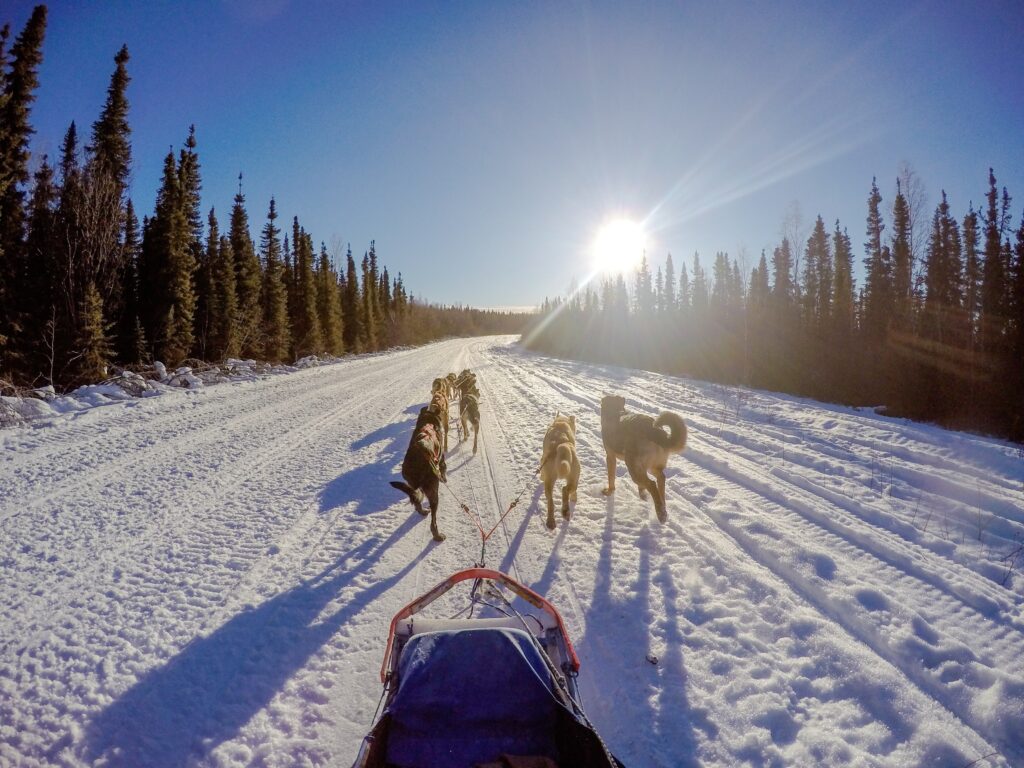
For the explorer at heart, Alaska offers stunningly unique experiences that every explorer should have on their wander list. From astounding mountain summits, fascinating wildlife, and secluded wilderness lodges, many of Alaska’s wanderlist experiences simply should not be missed! Read on for some of the most quintessential Alaskan experiences.
Top 10 Things to do on the Island of Hawaii
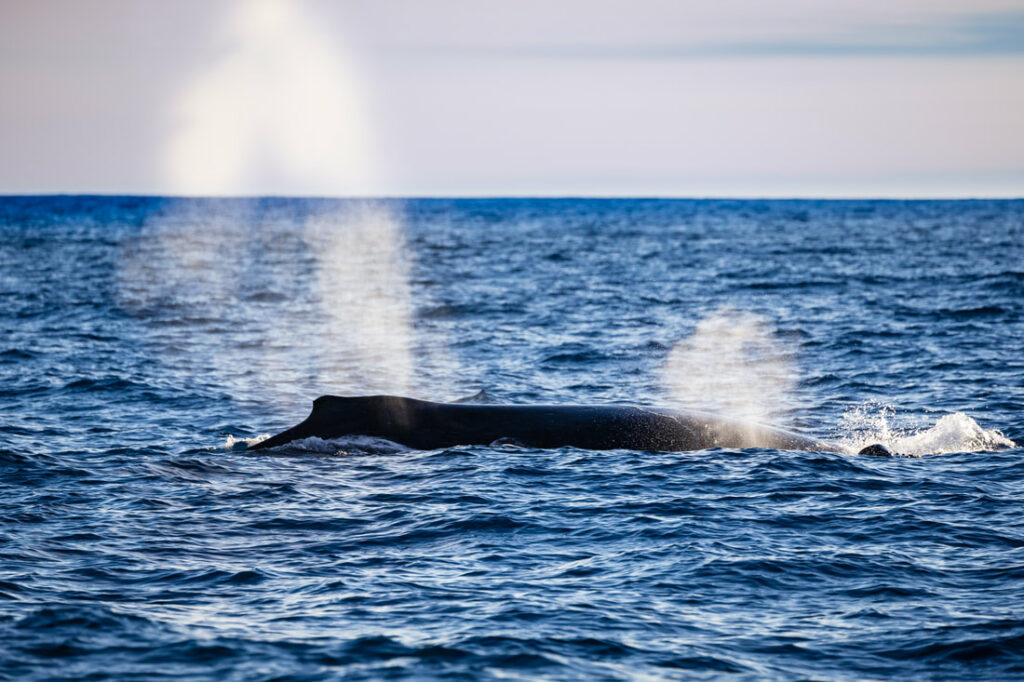
Top 10 Things to do on the Island of Hawaii Next to which Island should we visit, the question what should we do comes up quite frequently. That’s why we we’ve put together this article on the top 10 things to do on the Island of Hawaii. Hawaii is the name of our 50th state, but it’s also the name of the largest of the 137 islands that comprise the state of Hawaii. This is why the island of Hawaii is frequently referred to as the Big Island. Calling it the Big Island is certainly a great way to simplify conversations. https://enlightenexcursions.com/wp-content/uploads/2021/11/hula-video.mp4In addition to being the largest of all the Hawaiian Islands, the Big Island has the most volcanic activity. So if, like me, you are fascinated by Volcanoes, the Big Island, comprised of 5 volcanoes, has lots to offer in that regard. The island of Hawaii also boasts the tallest mountain in the world and the most active volcano on earth. With all this it’s no surprise that the island of Hawaii has a diverse range of activities to keep travelers fascinated and entertained. From the huge waves, fern forests, and lava plains, to fascinating customs, and legends there is a great deal to discover on the island of Hawaii. These are our top 10 top things to do on the Island of Hawaii.Horseback Riding ToursExplore the coastline or venture to hidden trails on an exploratory horseback tour. Most companies offer private as well as group tours. Some countless ranches and stables accommodate tourists. Paniolo Adventures is one of the largest, with an 11,000-acre cattle ranch located in Waimea. LuausThese traditional ceremonies are a major source of entertainment on all islands within Hawaii. Take the opportunity to enjoy live dancing, learn about Hawaiian as well as Polynesian culture, and enjoy delectable cuisines. Hawaii’s Transformation Tour This is one of our favorite history tours in Hawaii. Learn about the transition from the Kapu system to Christianity and explore each way of life from the perspective of some native Hawaiians. In the enduring oral history traditions natives recount the battle between ancient Hawaiian Kapu System and Christianity as each side fought for their beliefs. You’ll do some hiking and visit a significant Catholic Church and several Hawaiian temples (heiau’s). Whale WatchingThere are few instances when we encourage you to spectate rather than participate, but this is definitely one of those occasions. The Island of Hawaii is the most popular destination for whale watching in the entire Hawaiian Island chain. Annually, from December to April over 8000 Humpback whales make a journey of more than 3500 miles to Hawaii to connect, breed and calve. Peak Humpback whale season is January through March. Whether you take private boat tour or a group cruise be sure to choose a knowledgeable naturalist who will also help you spot Pilot and Sperm Whales, Manta Rays, Spinner Dolphins and Sea Turtles.Polynesian Tiki Carving Lesson Visit the charming rural town of Holualoa and take in the gorgeous views of the Hawaiian hillside as you learn how to carve a tiki from a 4th generation Master Polynesian Carver. Make your own authentic wood carving, using wood of exceptional quality locally grown on the Big Island. We love that each traveler gets to go home with a little piece of Hawaii, and memories we hope will last for generations Helicopter ToursWhen you take a helicopter tour on the Big Island you can fly over the Kohala Mountain and cruise down the stunning Gold Coast of Hawai’i and discover the sandy beaches of Makalawena and Kua Bay. You can also experience breathtaking views of some of the veiled treasures that Hawai’i’s spectacularly varied climate can offer. Your helicopter pilot will dip deep down into the Waimea valleys so that you get breathtakingly close to Hawaii’s magical waterfalls, some of which reach heights exceeding 2000 feet. Hawaii Volcanoes National ParkThis park is not to be missed. Highlights range from viewing active volcanic craters and steam vents to the historic Jaggar Museum. One of our favorite tours guided by a trained park ranger includes exploring a tea orchard, and a private winery in addition to the amazing landscape. And after a lovely dinner at Volcano Winery, you’ll get to watch for real-time volcanic activity as the sun sets.Mauna Kea This dormant volcano on the island of Hawaii is a unique wonder to explore. It last erupted over 4,000 years ago in 2460 BC. Today visitors can hike to the summit. But don’t forget to stop by the VIS (Visitor Information Station) for weather and safety tips. Private Homes and Culinary Experience Many vacation photos will give you a great idea of what it’s like to be a tourist on the Big Island. But what’s it like to live there? To immerse yourself in authentic island culture we recommend visiting local private homes. One of our favorite tours explores local homes and gardens ranging from ‘local-style’ Kamaaina cottages to spectacular estates. You’ll discover unique architectural and landscaping elements, like Ohia posts, Koa wood and Koi ponds. And, in addition, from the farm right to your fork, you’ll experience an authentic 3-course meal made from fresh locally grown ingredients. Horseback Riding ToursOf all the Hawaiian Islands, the Big Island has the richest history of cowboys and ranching. Yes, you read that right, cowboys. Paniolo is the Hawaiian word for those who were essentially Hawaiian cowboys. So whether you choose a private tour or a group tour, thanks to ranching history here there are miles and miles of rolling green pastures and equestrian trails to explore along with historic ranches. Horseback tours here allow for a wide array of adventures from a serene scenic trail ride to an oceanside coastal trail near Kealakekua Bay to a ride through the jungle to achieve stunning views of Waipio waterfalls. Kona Coffee Farm TourEven as someone who is allergic to coffee, I would not miss touring a farm that produces the world-renowned gourmet Kona coffee. In Kona, there are hundreds of coffee farms of all sizes, and consequently,
Best Vacation Spots: 5 Secret Italian Islands

When it comes to Italy’s islands most people immediately think of the beautiful islands of Sicily, Capri, Sardinia and Ischia. But in a time where many of us seeking to find this same captivating Italian charm but with much smaller crowds, many of Italy’s secret islands are definitely worth considering. Whether you prefer […]
